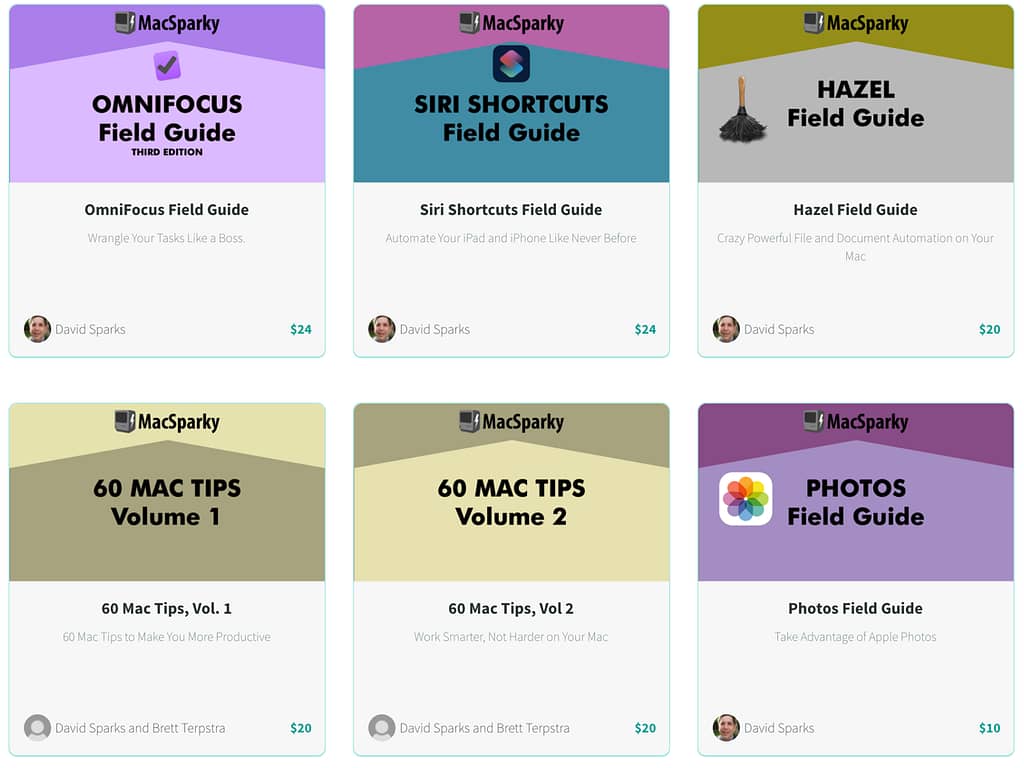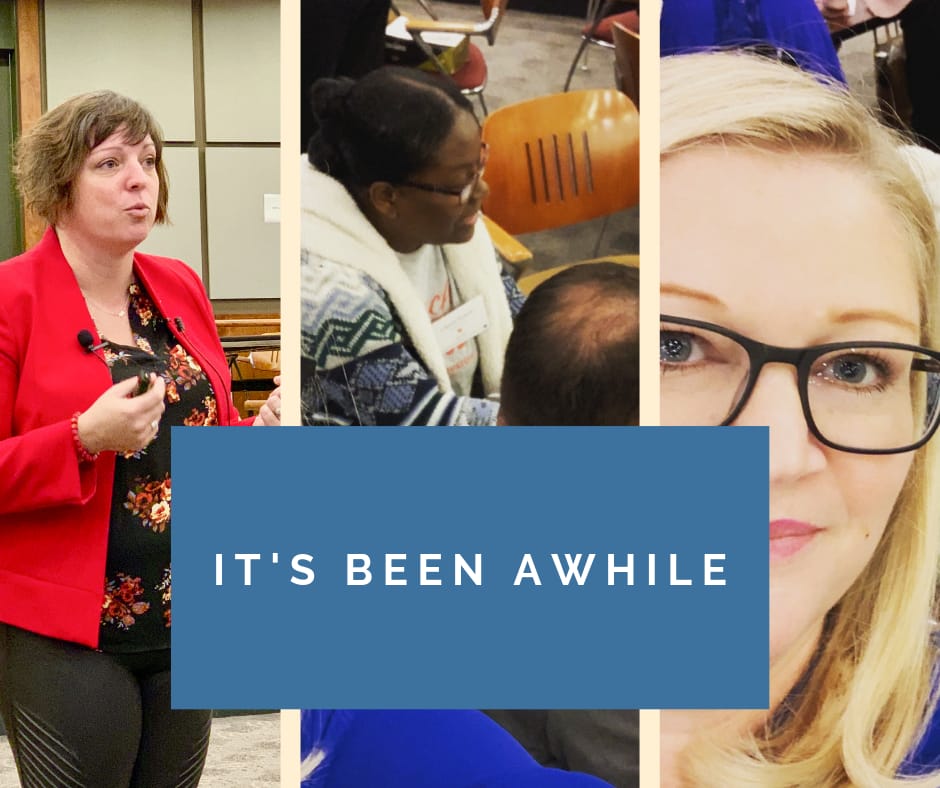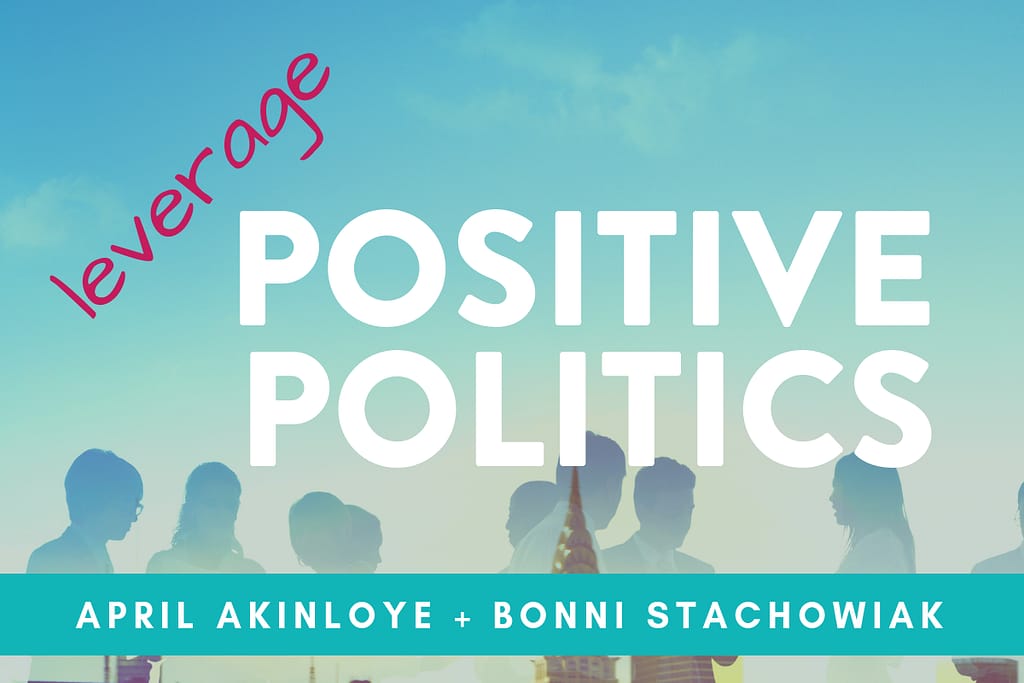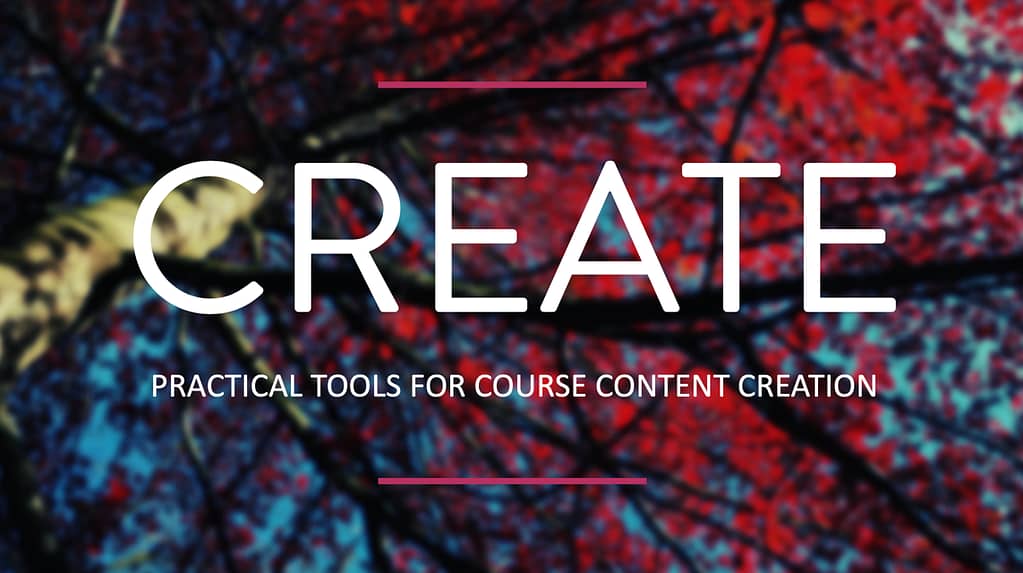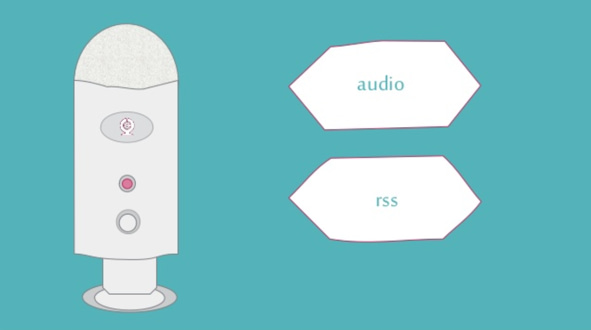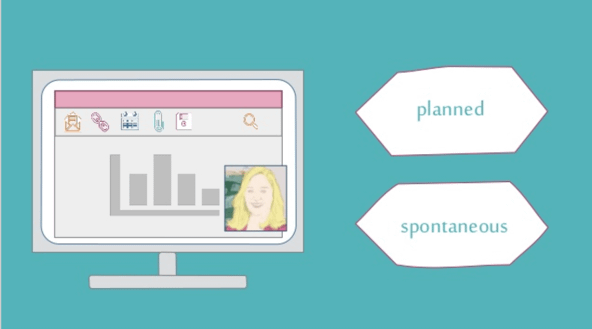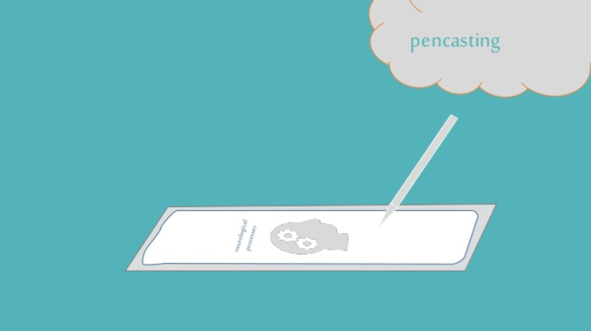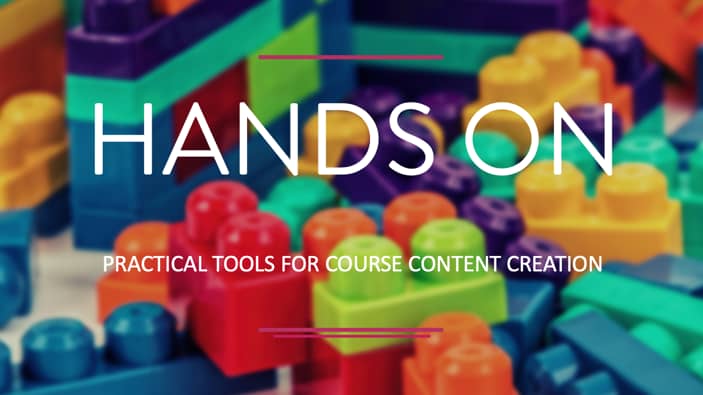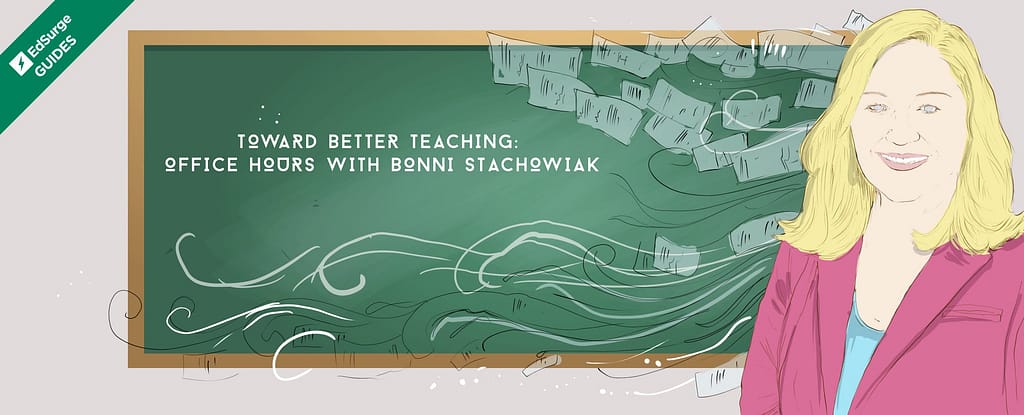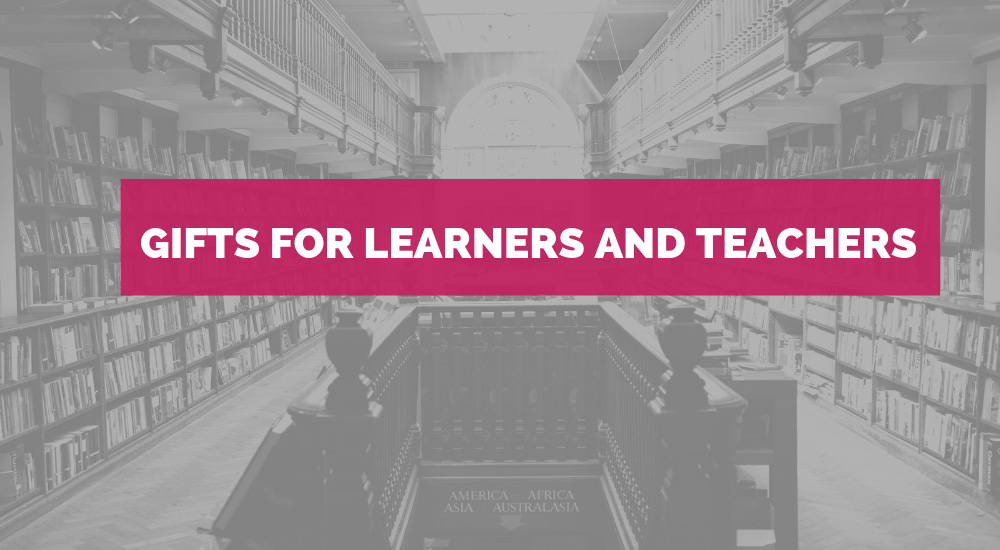
Last year, Dave and I did a shared episode between our two podcasts (Coaching for Leaders and Teaching in Higher Ed) on:
Episode 181: Gifts for Teaching and Productivity
Somewhere along the line, we decided not to do that, again, this year. However, I do have some ideas to pass along.
Educational Technology Gifts
I still think the episode that Dave and I did even earlier on top five gadgets for teaching is still relevant, though some of the versions of things have advanced (like the iPad). Last year’s shared episode with Dave also still has some good stuff worth exploring. In the meantime, two educational technology gifts that are standing out to me today are a presentation remote (on the lower end of the cost spectrum) and the iPad (on the upper end, in terms of cost).
Presentation Remote
Standing behind a podium while teaching opens up the possibility for a lack of connection with our students. A presentation remote frees us up to move around a classroom and really engage with people. This one is the one I used for many years, until I moved to a laptop without USB-a – so now I have one that connects via Bluetooth. If you have USB-a on your laptop, there are plenty of choices that won’t break the bank.
iPad
The prices on iPads have come down considerably, at least for the entry-level ones. The Pro versions have gone in the opposite direction – but are packed with power. My iPad is used primarily for consumption, though I can certainly get work done from coffee shops with my Smart Keyboard folio.
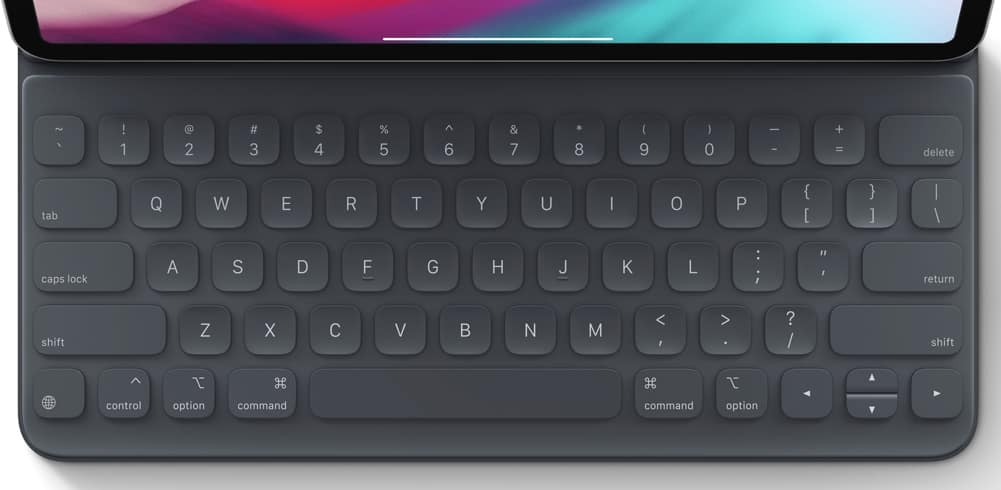
The Apple Pencil remains the best stylus I’ve ever used on a tablet. And the new one now magnetically attaches to the side of the iPad and charges as it sits there. Remarkable and functional design.
Lifelong Learning Gifts
I recently took the Strengths Finder assessment, again, after taking it more than ten years ago during my doctoral program. Not surprisingly, one of my top five strengths is learner – which really helps me see why my chosen profession is so rewarding to me. Below are just some of the gifts you could buy a learner in your life to get them even better at what they do.
The Academic Book Promotion Toolkit
Katie Linder has put together a phenomenal toolkit to help academic writers get your work discovered by more people. She shares over 30 ways to boost your book sales and get more people reading what you spent all that time putting out into the world.
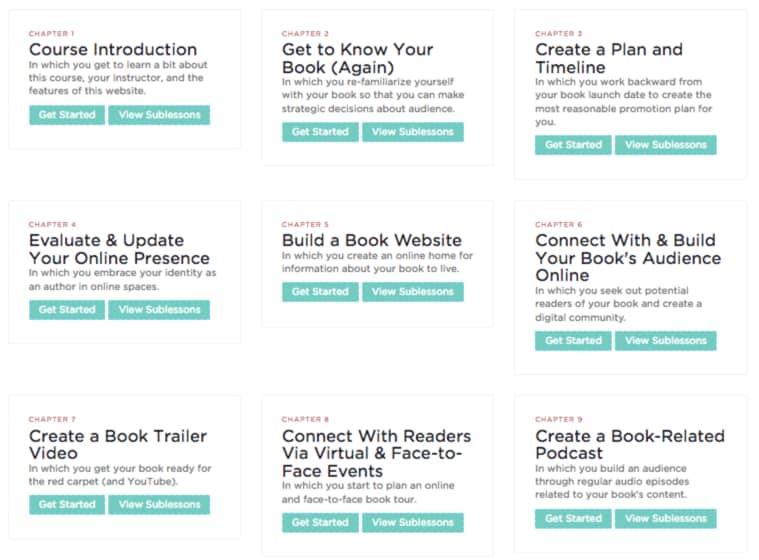
MacSparky Field Guides
If you have a Mac user in your life, the MacSparky Field Guides are a wonderful way to discover how to get even more out of your technology. I’m working my way through the Hazel Field Guide right now and am really enjoying it.
Andy Traub’s Master Zoom Course
If you know anyone who uses Zoom in their teaching, I can almost guarantee you that they aren’t getting all that they could out of this powerful video conferencing platform. Andy Traub shares in his Mastering Zoom Course with clarity how to set up your equipment (and what kind to buy, if you don’t have any equipment right now), how to set up Zoom, and how to coach and consult (which applies to teaching).
Master Mobile Photography Course from The Sweet Setup
There’s a saying among photographers. The best camera is the one you have with you. For many of us, that’s the camera on our phone. This course on mobile photography from The Sweet Setup shares how to take betters photos, manage your collection, and their recommended photo apps.
Unlock 1Password from The Sweet Setup
The 1Password service has been recommended multiple times on Teaching in Higher Ed. If what has been stopping one of your loved ones is that they don’t know how to use it – that barrier can be broken through the Unlock 1Password course from The Sweet Setup.
Your Turn
What is something new that you’re learning, lately, and what is supporting you in that learning?
